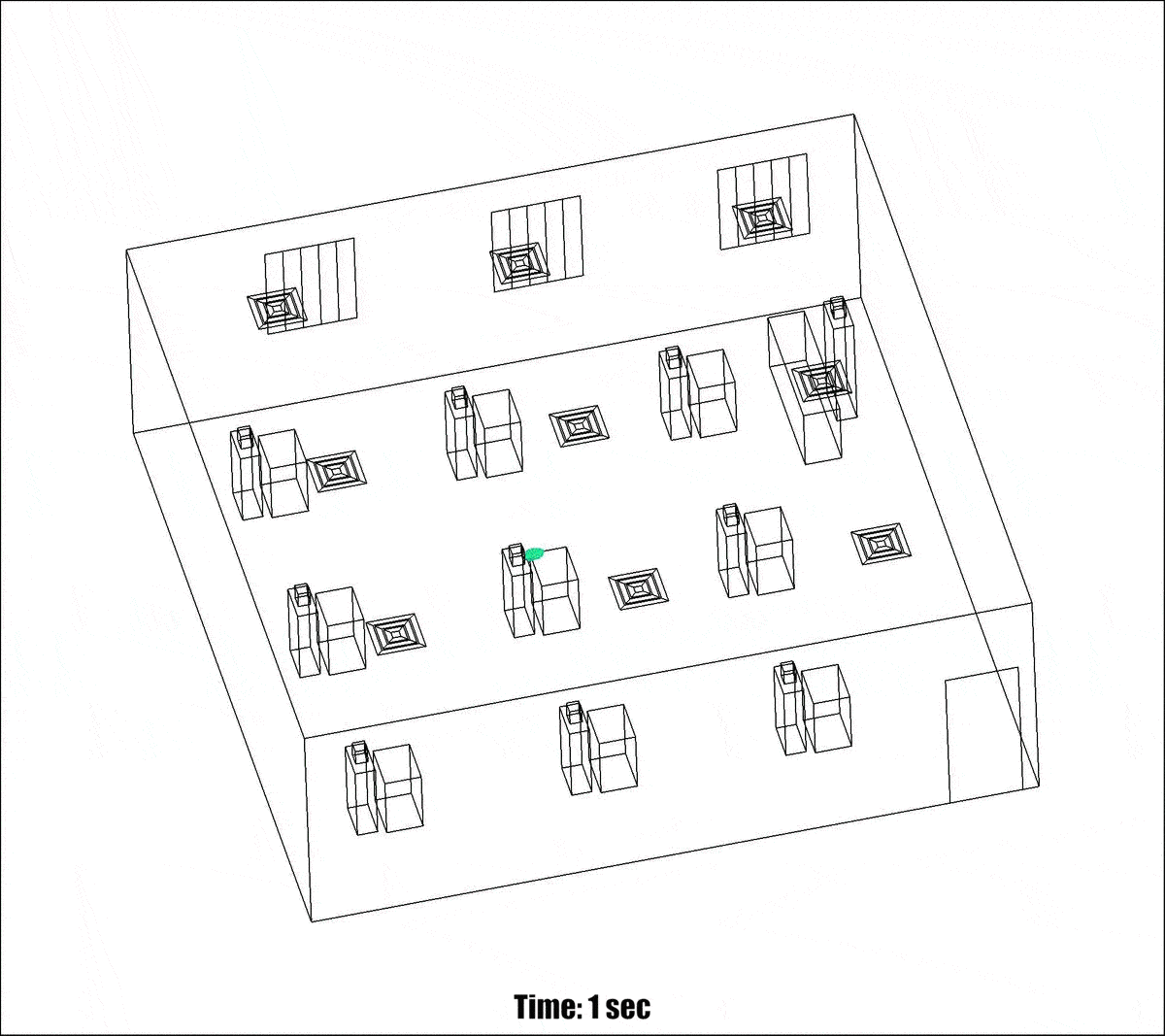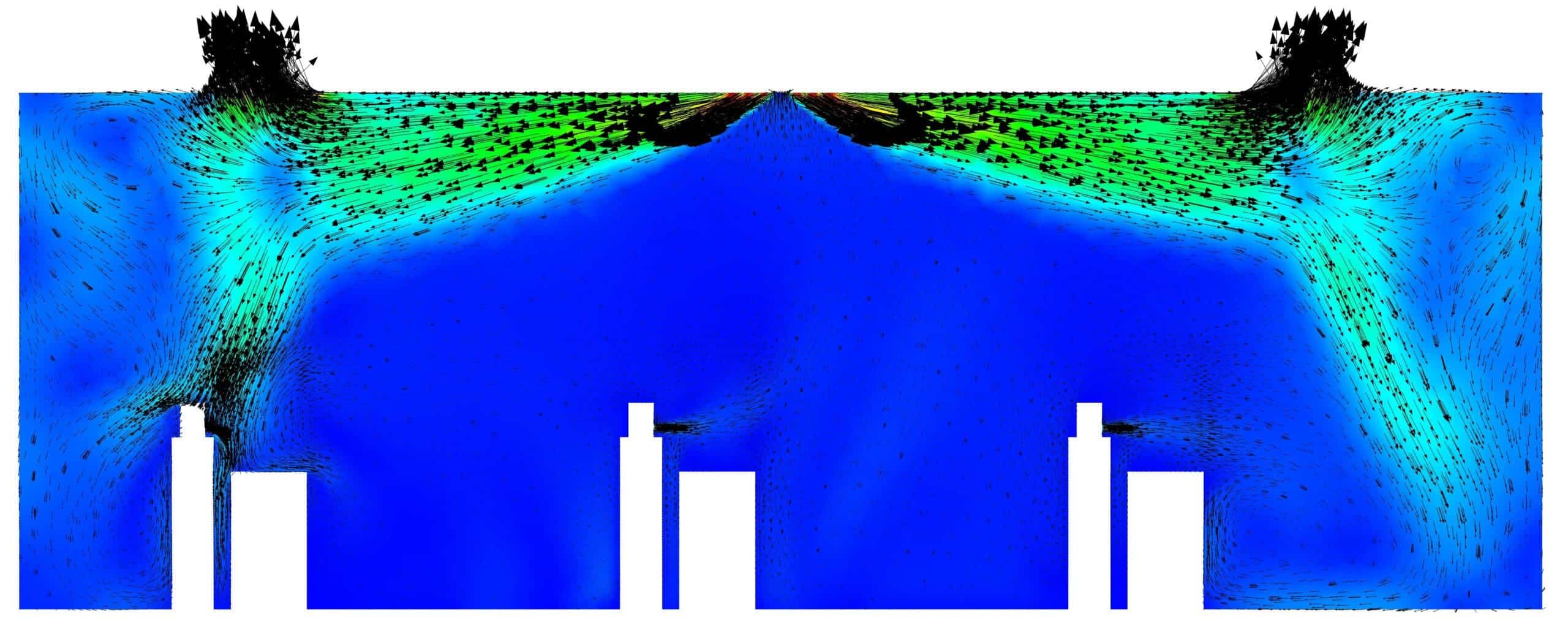As the pandemic months continue to unfold, the risk of the virus spreading through classrooms remains a hotly contested issue. In a new study, a group of researchers simulated the spread of small aerosols through the classroom, looking at the ways to reduce the spread of aerosols.
According to the study, keeping the desks spread, opening the windows, and using protective screens is the best way to go about things.

“We considered different window opening conditions and overall we find that opening the windows, even a little, significantly increases the fraction of the particles that exit the system,” Khaled Talaat, one of the authors, tells me in an email.
Physicists have had their own spotlight moments in the pandemic, especially when it comes to flow modeling. We still don’t fully understand through which type of particles the virus spreads with, but understanding the flow of particles is still one of our best bets to understand the risk of transmission. To this end, Talaat and colleagues modeled different classroom environments to see how they would affect aerosol particle spread during talking, coughing, or sneezing.
The computational method the team used is quite similar to ones used in nuclear engineering applications to study radioactive aerosols released from nuclear accidents, Talaat tells me.
The first finding is that opening the window reduces the fraction of potentially infectious particles by nearly 40%, while also reducing aerosol transmission between people within.

However, even when the student desks are spaced at 2.4 meters (7.8 feet), about 1% of the exhaled particles still spread from desk to desk. A larger desk spread expectedly reduced the spread of aerosols, but also, when the desks are spaced apart is when screens become most useful.
“Protective screens (e.g. glass screens) also significantly reduce aerosol transmission between individuals separated by at least 2.4 meters in the room,” Talaat explains for ZME Science.
“Barriers do not stop small particles directly. However, they influence the local airflow field near the source affecting the trajectory of the aerosol particles. Their effectiveness depends on the air conditioning layout and source location.”
The distribution of aerosols wasn’t homogenous, because of air conditioning and circulation. The geometry of the classroom and the position and size of the windows also affects the flow of particles, but overall, researchers expect that “the findings would qualitatively hold in other classrooms”, although individual differences could depend on many factors.
When it comes to reopening schools, the team ultimately recommends opening windows whenever possible, installing protective barriers, and removing the middle seat — as middle seat students transmit far more particles to others.
Additionally, hand hygiene is crucial, Talaat concludes.
“We encourage students and instructors to sanitize their hands even without coming into contact with other people’s belongings because aerosols from other students can deposit on them and on their own belongings in significant amounts.”
Was this helpful?



